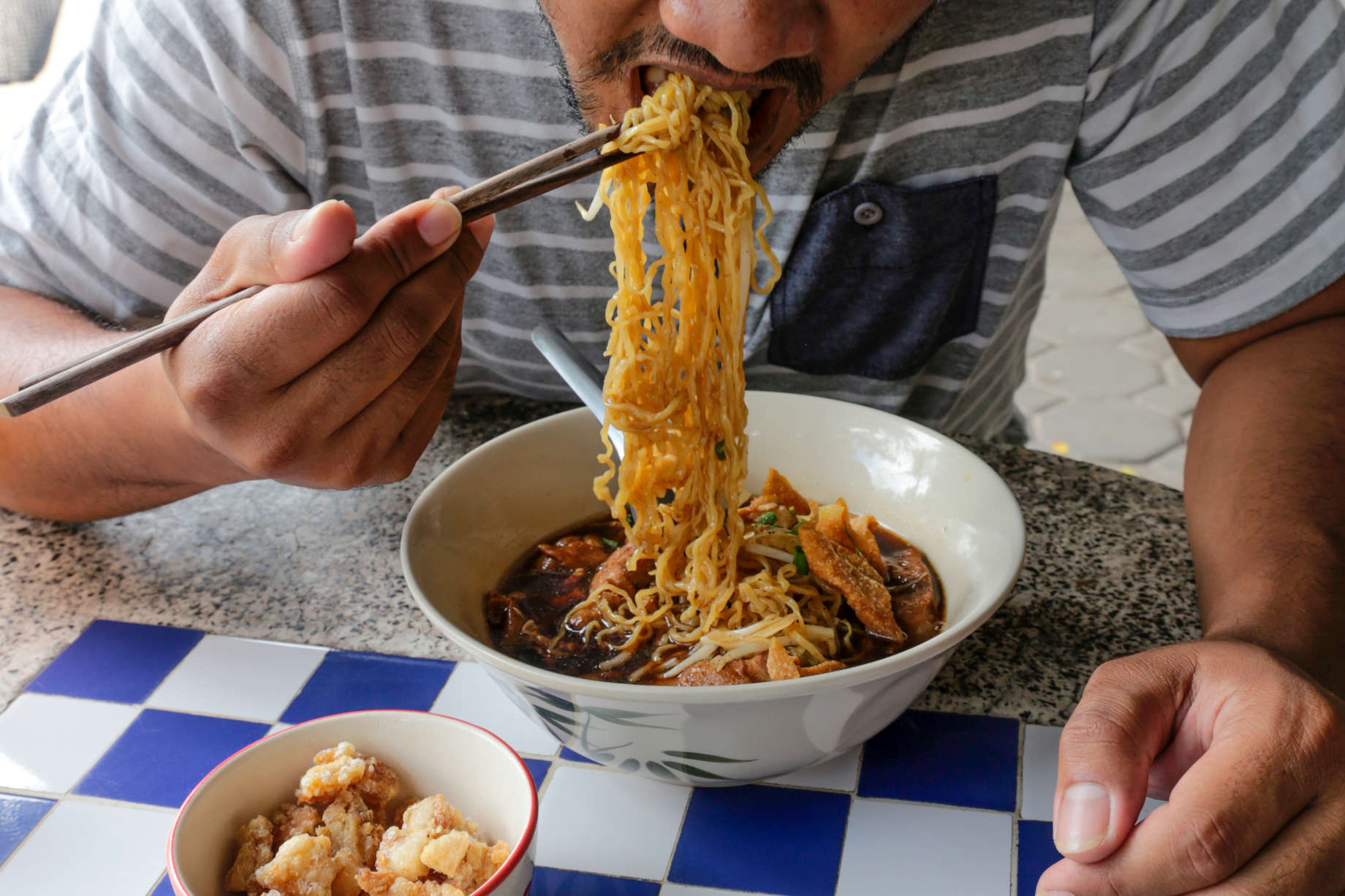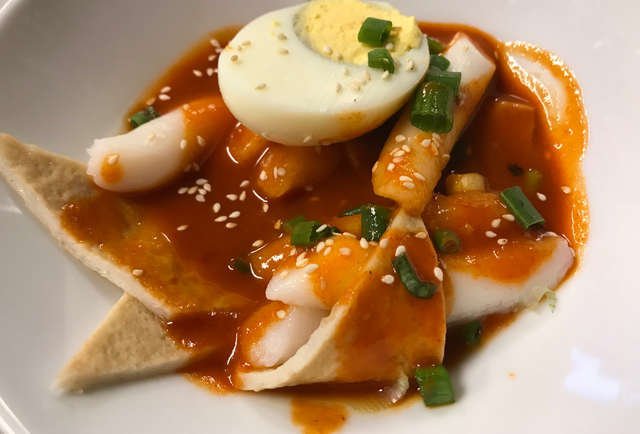Son of Wing Lok Noodle Factory founder hopes to revamp Hong Kong business and revive sunset industry
Decades-old brand supplies restaurants across city, but is converting from wholesale to retail and attracting young blood to keep dying tradition afloat
PUBLISHED : Saturday, 15 September, 2018, 11:30am
UPDATED : Saturday, 15 September, 2018, 12:46pm
Michelle Wong

Angus Chan, 30, used to hate the noodle factory his father founded 42 years ago, now located in an industrial area in Kowloon Bay. “I never got to see my father. The noodles took him away from me,” he says.
He recalls his father, Chan Keung, spending all his time at work building his small business from scratch. The senior Chan dedicated his life to perfecting the art of making Chinese noodles, a traditional dish adored by many but made by few.
“I used to see my father working 365 days a year without rest,” he says. “It’s hot here with water splashing everywhere, and you need to move heavy things around all the time. It’s very tiring.”

That was why, as a child growing up, he longed for something beyond his father’s dull factory walls, which would lead him into a jet-setting career in aviation logistics.
But two years ago, after his fathers’ knees degenerated and he lost the ability to walk, Chan found himself at a crossroads – his father’s condition meant he was unable to lead the business in a sunset industry. And a labour shortage now looms, with few young people interested in learning the art of noodle making.
Chinese noodles are supplied dried, and cooked in different soup bases. They are usually eaten with shrimp roe, and in the 1960s were a staple for poorer people who could not regularly afford meat. The noodles were also baked and steamed for a longer shelf life back then, when fridges were not common.
Chan decided to give up his aviation career to take the reins from his father.
“If I didn’t come back, the noodle factory would have to close down. I can’t afford to see the tradition die,” he says. “Our generation needs to expand the effort and glory built by the last generation.”
Since taking the helm, Chan has had one mission in mind: to modernise the products of Wing Lok Noodle Factory and introduce them to younger consumers.
First, he changed the packaging of his products from a shoddy plastic bag to a decent ziplock bag. Then he turned to internet marketing to champion his brand, setting up a platform for online purchases and home delivery.
I came to bring change ... If I listen to my father all the time, I will not be able to make a difference ANGUS CHAN, WING LOK NOODLE FACTORY
He also designed a more attractive logo for the factory. Chan’s new company symbol fuses elements of traditional Hong Kong signboard print with an image of the iconic Lion Rock, to pay tribute to the hard work of his father’s generation and a can-do attitude many in Hong Kong still preach – the so-called Lion Rock spirit.
It was not easy to convince his conservative father to embrace his new initiatives, Chan says, and the pair often clashed. But in the end, the senior Chan gave in.
“We old people have the old people’s way – saving money on everything,” the senior Chan, 65, says, recalling he could not accept the new packaging until a year after it was launched.
Angus Chan explains his idea to shift the business model from wholesale to retail: “In the past, we only sold our products directly to other restaurants by word of mouth. A lot of the noodles you eat [in the city] are actually made by us, but no one knows this.”
The company supplies more than 80 restaurants in the city, including chains and hotels.
Since an upgrade, the company’s website has brought new businesses to the factory, according to Chan, with young entrepreneurs knocking on its doors in search of raw materials or health-conscious customers seeking natural Chinese noodles instead of the MSG-rich instant noodles.

Angus Chan is revamping his family’s noodle business. Photo: Edward Wong
Another segment of clients comprises overseas Chinese craving a taste of home, he says. Such consumers are willing to pay more for noodles shipped to Australia, Canada and the United States.
One of the biggest challenges for the industry remains an ageing work force, with many suppliers retiring or having died of old age, and existing staff aged 50 to 70. There is a pressing need for Chan’s business to find young blood.
While searching for new manufacturing supplies, Chan says he has to bear in mind how to retain the original taste and quality of his family’s noodles, which is their selling point.
He says he was lucky to have hired some young people who left the aviation industry with him.
“I came to bring change,” he says. “If I listen to my father all the time, I will not be able to make a difference.
“My father is a quiet man. I consider his silence as compliments.”







 Reply With Quote
Reply With Quote













